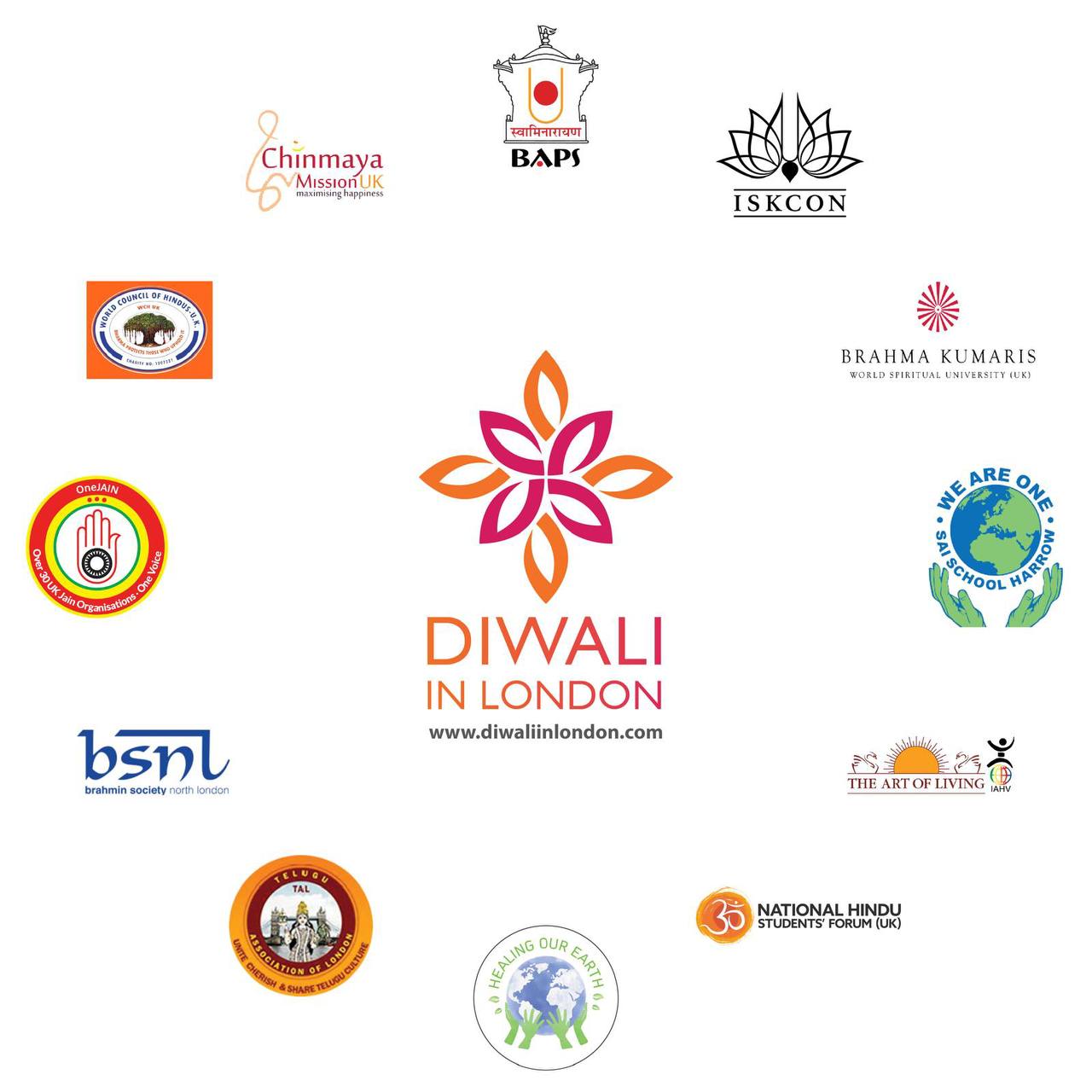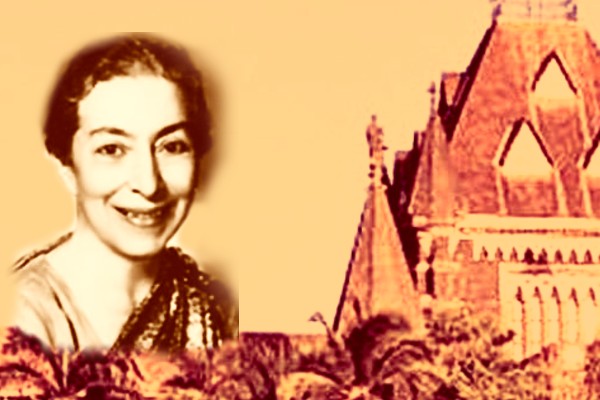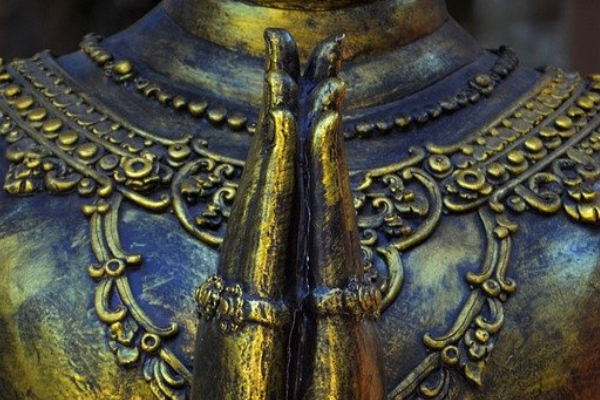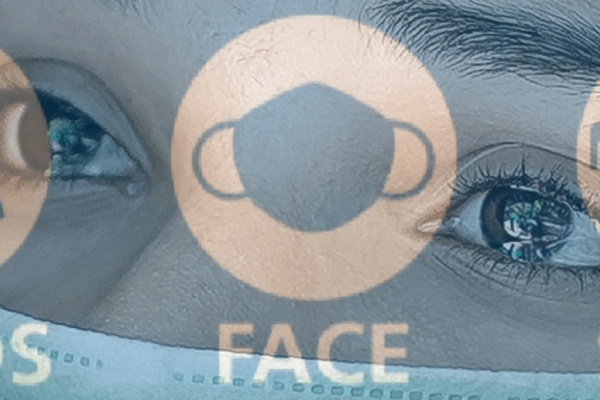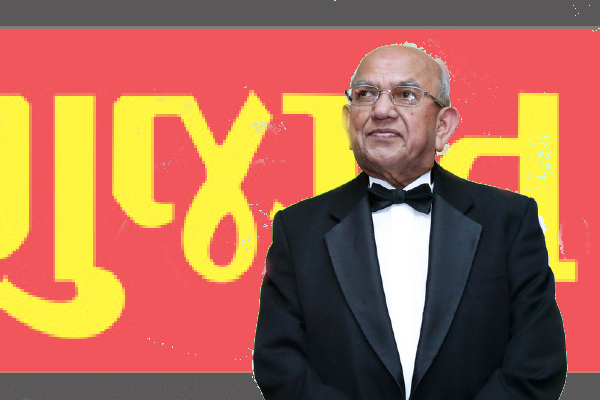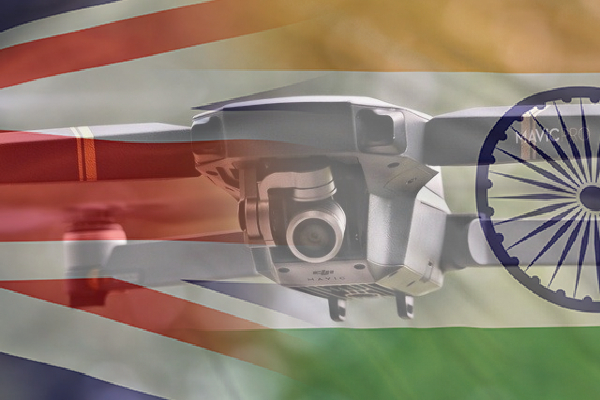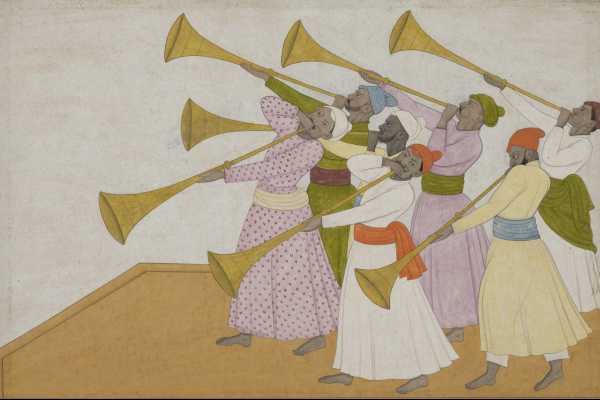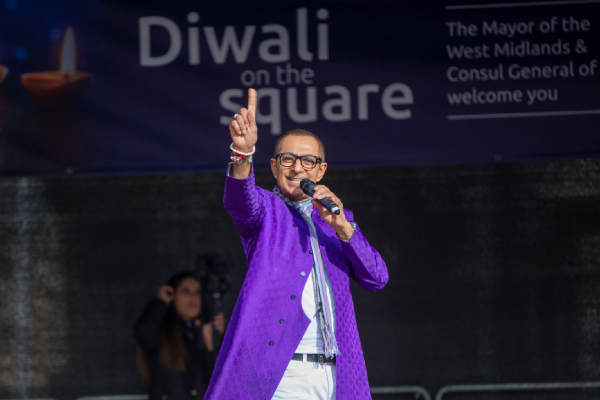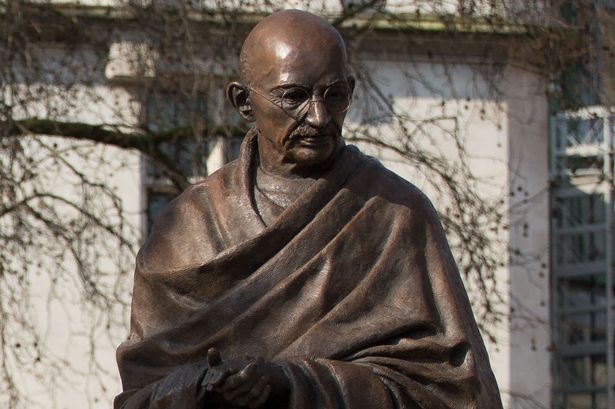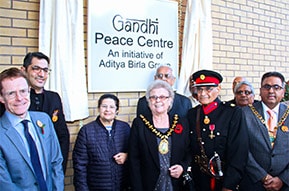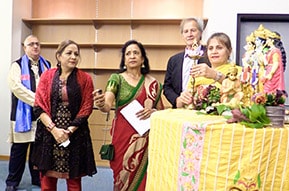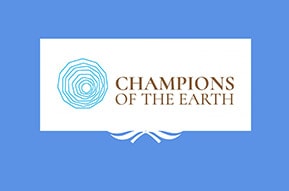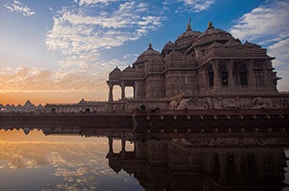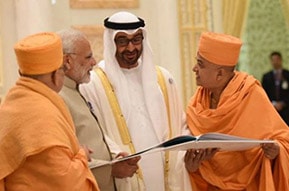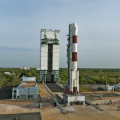Reaching beyond the skies
India is reaching far beyond the skies. In times of turmoil with the political situation in Kashmir and monsoon rains in the rest of India, let us not forget that there are some historical milestones being reached that is inspiring a new generation of people across the world.
With such bipolar views on the abrogation of Article 370 and 35A on Kashmir, the world needs to keep an eye on what the rest of India is doing. Kashmir is a complex issue and will continue to grab the news headlines. On the other end of the scale, the country has been bracing itself with the forces of nature with the mass floodings in multiple states. We need to highlight the plight of the people suffering and the amazing human stories of rescues both by civilians and the Indian rescue services.
Even with such challenges, the country continues to thrive and there is hope that on September 7th, history will be made with the landing of an Indian spacecraft on the south side of the moon which will help tilt some news toward positivity.
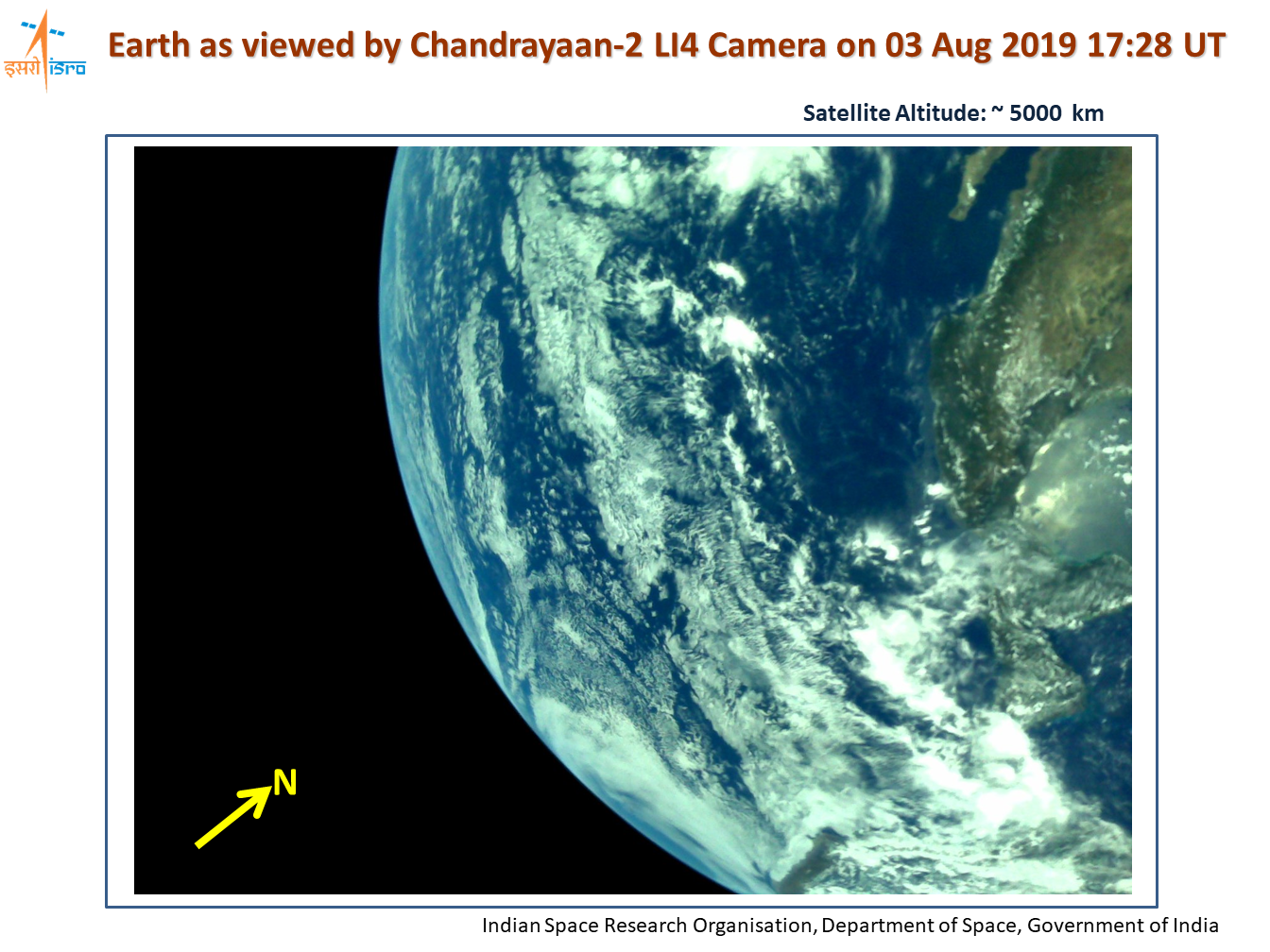
India’s famous Indian Space Research Organisation (ISRO) has already achieved a major milestone this week by successfully placing its Chandrayaan-2 into the Moon’s orbit and planning to land the lunar craft on the south side at 1.55am on 7th September 2019.
At his press conference, ISRO chairman K Sivan stated: “We have reached the lunar orbit for the second time, first by Chandrayaan-1 in 2008. Now, the entire world is eyeing Chandrayaan-2 mission as our spacecraft will land in a place on Moon where no other countries, not even China (it landed on Moon’s dark side), have landed. This is because the south pole is rich in water and minerals.”
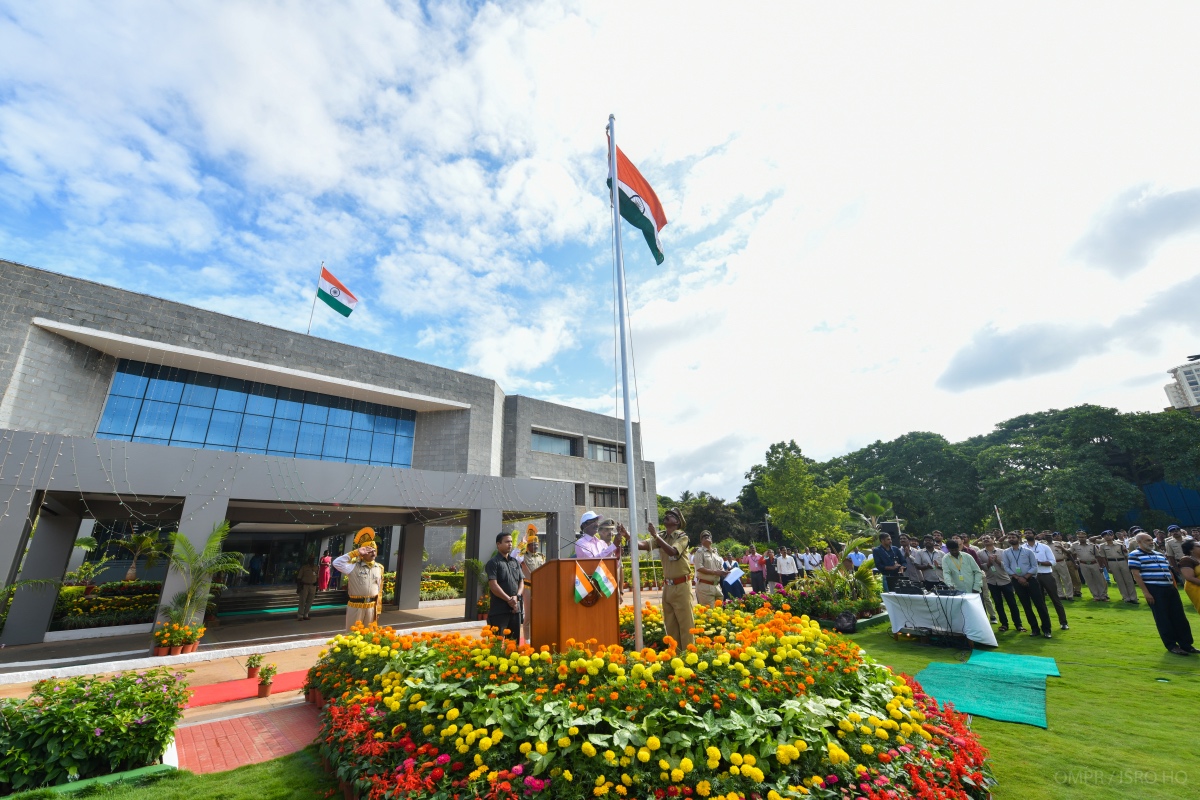
“Our mission will give vital inputs about the south pole and help future moon programmes of India and other countries for setting up a human base in that region,” he added.
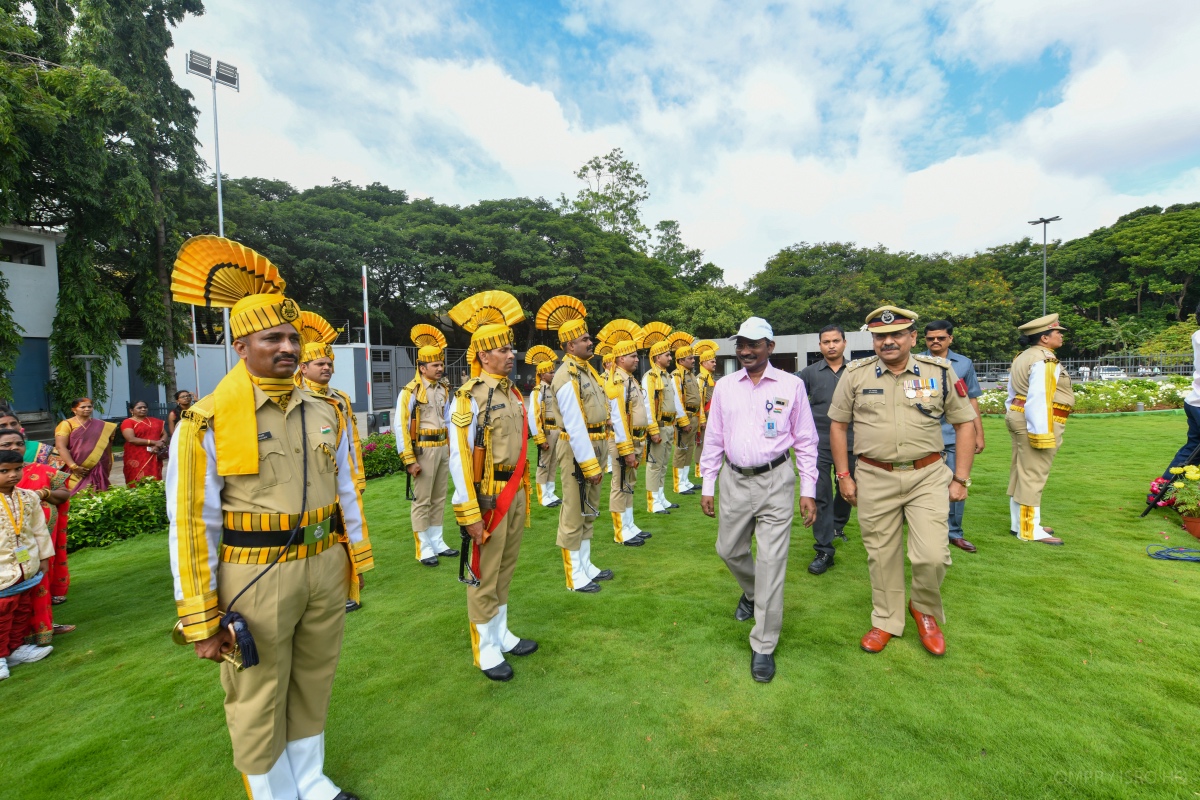
ISRO’s passion for the Moon is linked to its closeness to Earth. It is essentially a testbed to demonstrate technologies required for deep-space missions. According to ISRO, Chandrayaan 2 attempts to foster a new age of discovery, increase our understanding of space, stimulate the advancement of technology, promote global alliances, and inspire a future generation of explorers and scientists.
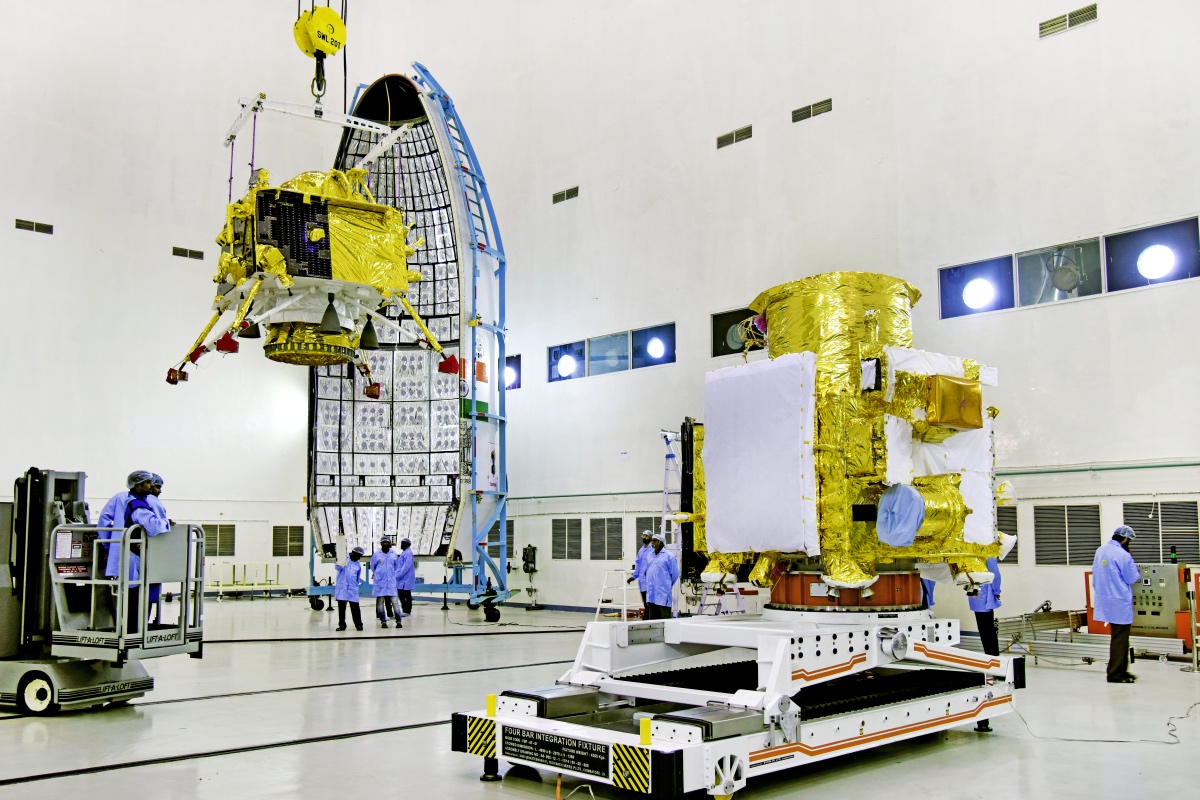
The lunar South Pole is especially interesting because of the lunar surface area here that remains in shadow is much larger than that at the North Pole. There is a possibility of the presence of water in permanently shadowed areas around it. In addition, the South Pole region has craters that are cold traps and contain a fossil record of the early Solar System.
We may not be well versed in the intricacies of scientific pioneering, but you cannot get away from the fact that so many women are working on the project at senior levels. The Project Director of Chandrayaan 2 is M Vanitha and the Mission Director is Ritu Karidhal. They are in an astonishing list of female scientists making a mark in the world of big ventures into space.
So the vast country of India has a lot going on – much of it is all positive and inspiring. Do not get fooled by the social media trolls on the negativity that certain sections of the world media and political interests want to concentrate on about a complex nation trying very hard to remain one nation with the diversity seen as an asset.
Photos courtesy of ISRO.

